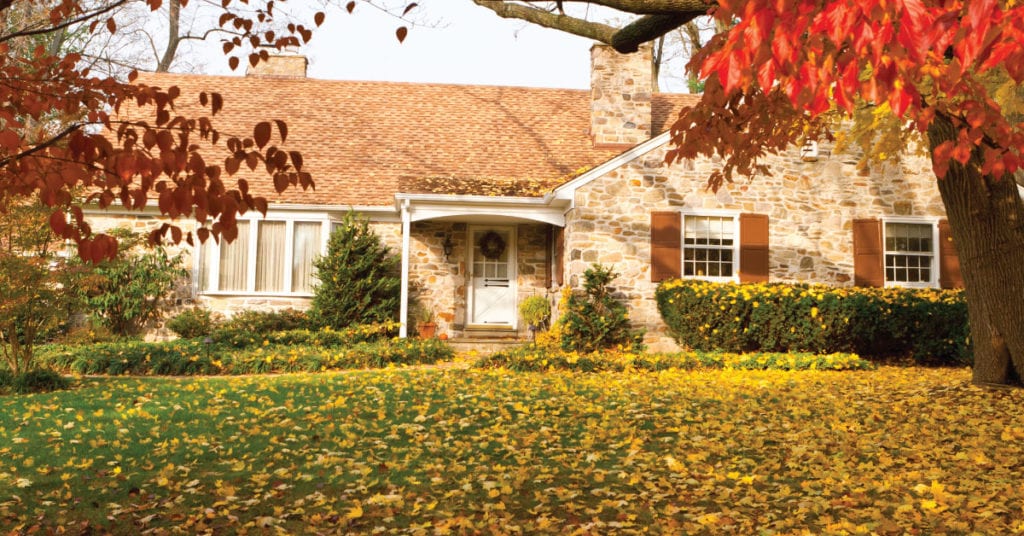When autumn arrives, trees defend the cold by sticking to their core. They embrace the season changing by getting rid of their leaves to reveal bare trunks and branches. These cooler temperatures damage leaves and cause them to drop by the thousands across your yard. For some homeowners, when the fall arrives, trees become your worst enemy!
None of us like to rake, but with these handy tips from the lawn care pros at Lawn Pride, you can turn this season’s least favorite chore into an effortless, quick, and beneficial yard activity.


Your Leaf Removal Options
This may be the only time of year you wish you had a smaller yard. What’s the best way to remove all those leaves? Check out your options.- Raking. One of the oldest methods is still one of the most popular … and most back-breaking. Raking gets the job done better than just about everything else, but it takes time and plenty of manual labor. If you care about the environment, this is one of the most eco-friendly ways to maintain your lawn.
- Mulching. A push or riding lawn mower makes quick work of fallen leaves, and the leftover bits act as natural fertilizer for grass. Just make sure you don’t leave piles of mulch behind, but instead scatter it evenly across the yard. And, avoid mowing over big piles of leaves as well, as these can clog up and cause problems with your machine.
- Composting. Just like most produce waste from your kitchen, leaves make great compost material. While whole leaves are sometimes difficult to break down, garden experts recommend adding nitrogen (such as manure) to your compost pile, or shredding the leaves before adding them to the mix.
- “Leaving” them be. Pardon the autumn pun, but this is also a valid option. However, fallen leaves can carry the risk of disease. While these don’t typically spread to grass, dense wet piles weighed down by winter snow can smother your lawn. That’s one thing you won’t want to worry about come springtime next year.